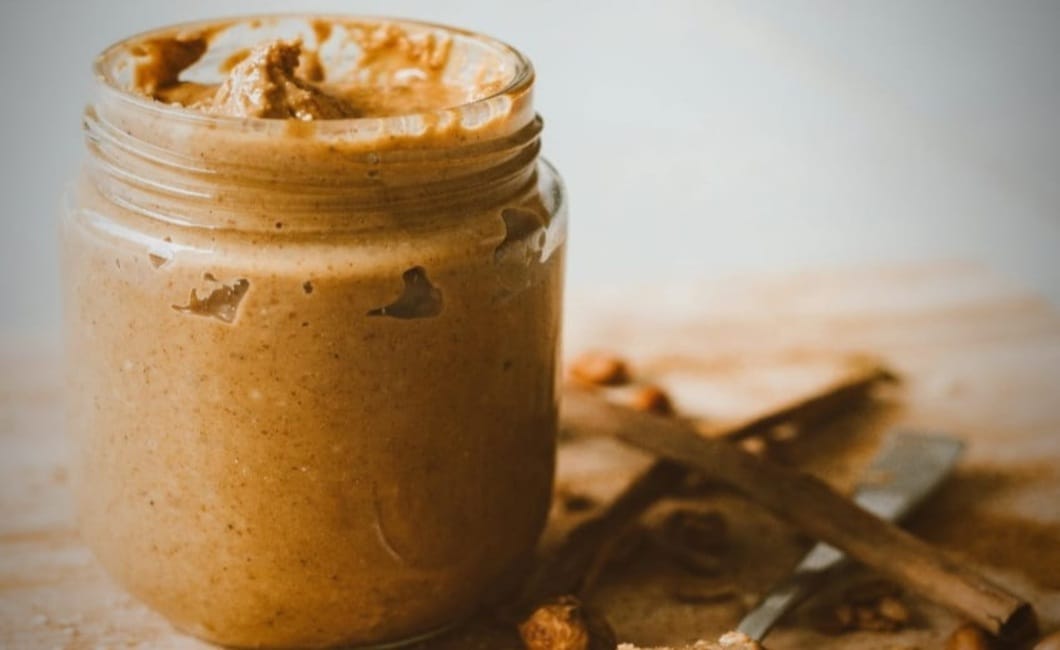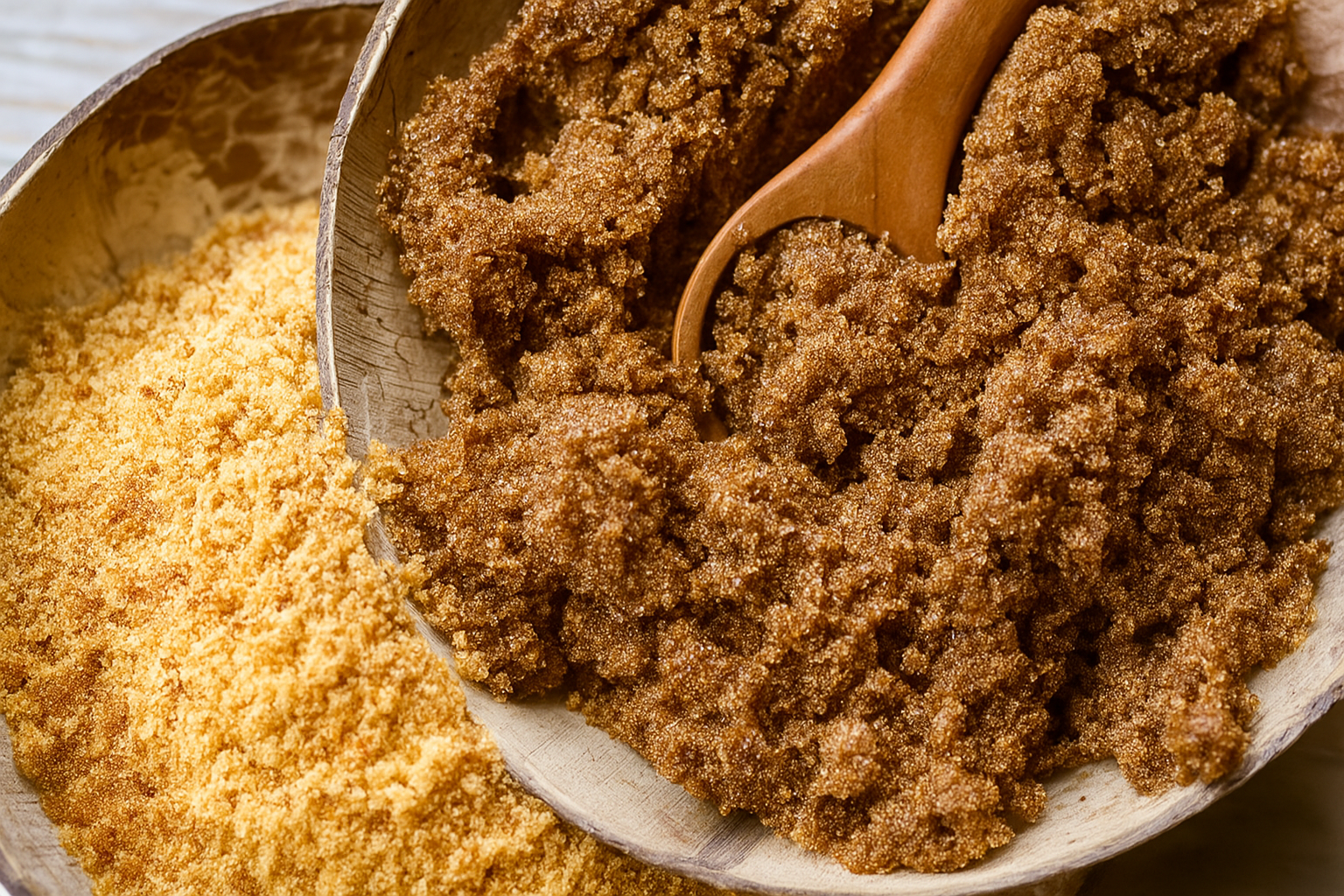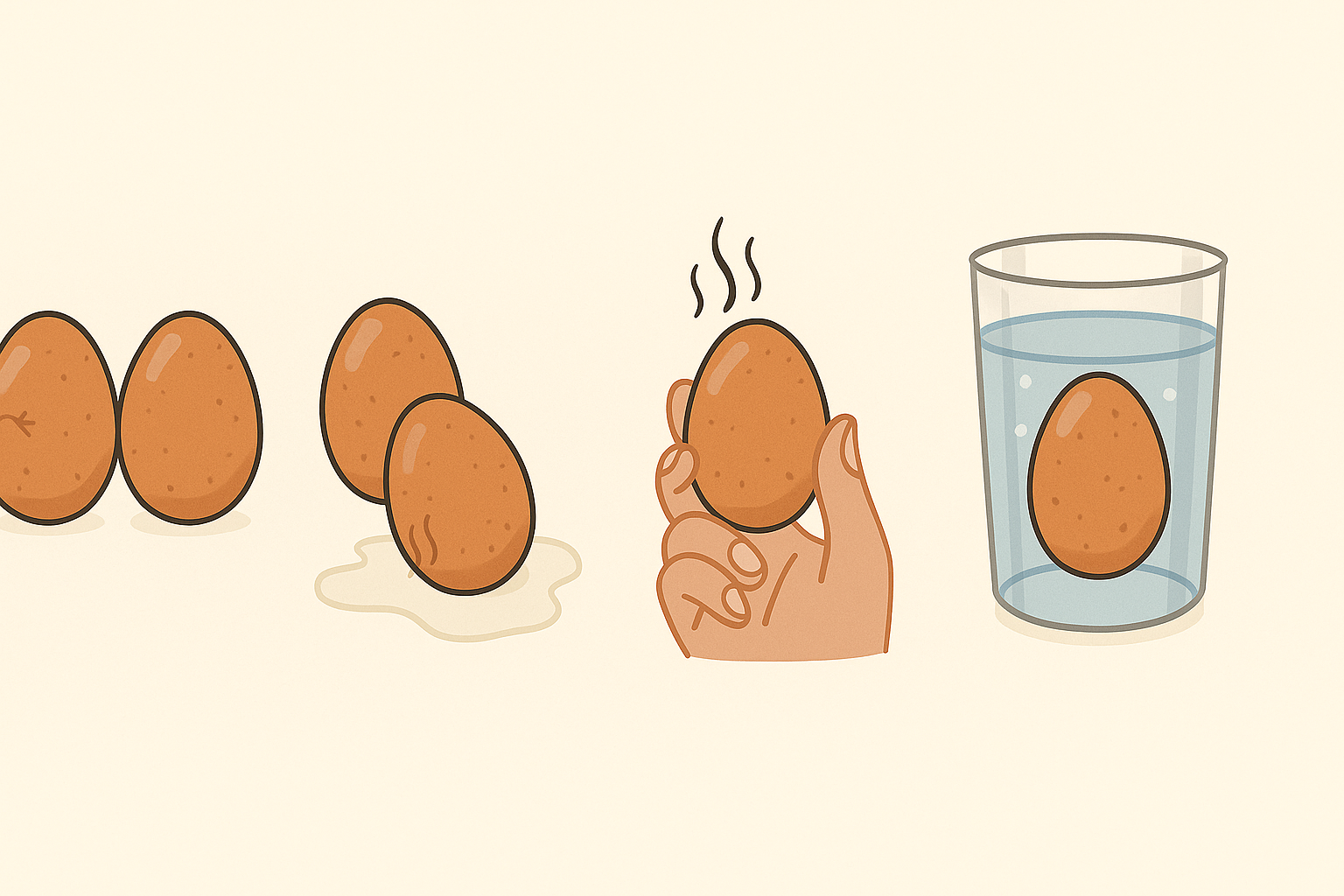What Is the Liquid in Peanut Butter?
The liquid you see in peanut butter, especially natural or organic varieties, is peanut oil—a healthy, naturally occurring oil found in peanuts. When peanut butter is minimally processed and doesn’t contain stabilizers or hydrogenated oils, this oil tends to separate and rise to the top over time.
This separation is completely natural and safe
Why Does Peanut Butter Become Liquid?
The presence of liquid in peanut butter is primarily due to oil separation, and it can be affected by several factors:
- Natural Formulations: Most natural peanut butters don’t contain emulsifiers or stabilizers that keep the oil mixed in.
- Storage Temperature: Warmer temperatures encourage oil to rise and create a visibly liquid layer.
- Time: The longer a jar sits undisturbed, the more the oil separates from the solid peanut paste.
Is the Peanut Butter Liquid Safe to Eat?
Absolutely. The liquid on top of peanut butter is safe and edible. In fact, it contains healthy fats, including monounsaturated and polyunsaturated fats, which are good for heart health. This oil is rich in vitamin E and other nutrients found in peanuts.
What to Do With Peanut Butter Liquid
If you notice a pool of oil in your peanut butter, you have a few options:
- Stir It In: The best and most common approach is to stir the oil back into the peanut butter. This keeps the spread creamy and maintains its nutritional balance.
- Pour Some Off: If you prefer thicker peanut butter, you can pour off some of the oil. Just remember, this may make the remaining product harder and less spreadable.
- Blend It: If the separation bothers you often, consider emptying the contents into a bowl and using a hand mixer or food processor to achieve a smooth consistency, then store it in a jar.
Can You Prevent the Liquid in Peanut Butter?
Yes, to some extent:
- Store the Jar Upside Down: This encourages oil to move through the peanut butter rather than settle at the top.
- Refrigerate It: Cold temperatures reduce oil separation, but be aware this may harden the peanut butter.
- Use Often and Stir Regularly: Frequent stirring keeps the oils and solids from separating over time.
Peanut Butter Liquid vs. Processed Peanut Butter
Conventional peanut butters from big brands often don’t show oil separation because they contain hydrogenated oils and emulsifiers. While these stabilizers keep the spread consistent, they can include trans fats, which may not be ideal for heart health.
On the other hand, natural peanut butters that show separation are generally considered healthier, as they contain fewer additives and more natural nutrients.
Cooking and Baking with Peanut Butter Liquid
You can incorporate the peanut butter liquid in various recipes:
- Smoothies: Add the oil along with a spoon of peanut butter for added creaminess and nutrients.
- Baking: Use the oil in cookies, cakes, and energy bars to enhance moisture.
- Dressings and Sauces: The oil can blend well into Thai peanut sauces, vinaigrettes, and even stir-fry bases.
Is It OK If Peanut Butter Becomes Too Liquid?
If your peanut butter has become overly runny—even after stirring—it may be due to excess heat or overly processed nuts. However, unless it smells rancid, tastes bitter, or has mold, it’s still safe to use. You can refrigerate it to firm it up.
How to Tell If the Peanut Butter Liquid Is Bad?
Spoiled peanut butter oil will usually have:
- A rancid or sour smell
- Discoloration
- Visible mold (a rare but possible issue)







Leave a Reply